How Nature made a comeback in London's parks during the year of Covid-19
For art critic John McEwen, the enforced constraints of the pandemic have engendered a greater appreciation of London's great parks and abundant wildlife.


Lockdown has left a legacy of discovery through familiarising the famous London parks — in this case, central London’s linked St James’s, Green Park, Hyde Park and Kensington Gardens — their secrets revealed and knowledge amplified.
To buy a picnic in Westminster’s Petty France from the Royal Artisan Bakery, with its irresistible window display, was an obligatory start. A short stroll to the 1841 Swiss Chalet in St James’s Park provided a delicious waft of January winter sweet from one of John Nash’s ‘floriferous’ shrubberies: the combination of borders and shrubs, introduced when the architect landscaped the park in the Regency.
The chalet, once the bird keeper’s house, now a meeting venue, has a garden that’s open to the public. A path, dividing formally arranged vegetables from informal flowers, leads to the building’s bridge, which provides close acquaintance with diving ducks, their antics an amusing surprise to children and those new to birds.
As are most waterfowl, they are at their most numerous in winter. A dabchick (little grebe) enjoyed the pools to either side, popping up at half-minute intervals. Pochard passed underwater; a showy drake smew and North American hooded mergansers added the glamour. The mergansers can submerge for up to two minutes, reappearing far away, after the onlooker has lost patience.
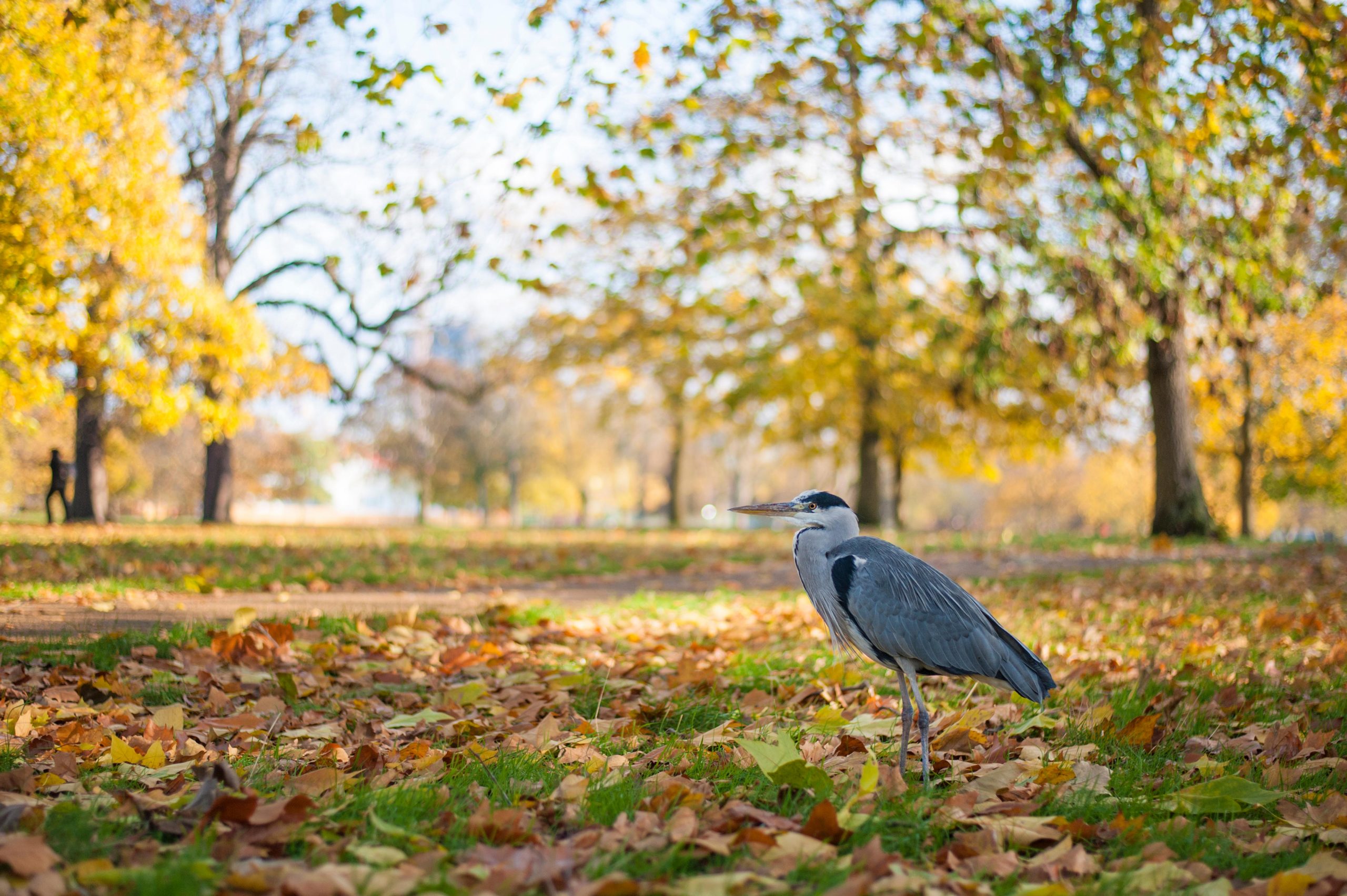
The cottage is attached to Duck Island, from which the bird keeper Hugh Smith feeds the waterfowl, principally the six great white pelicans, which daily receive two to five fresh fish from 2.30pm.
James I made St James’s a public park by creating a menagerie, including an elephant. His grandson Charles II commissioned the 800-yard canal, the basis of Nash’s lake, and introduced exotic ducks and geese after being given great white pelicans in 1664, by the Russian ambassador.
They remain as symbolic of St James’s as the ravens in the Tower, also credited to Charles II. There are currently six: two white male brothers and four pink females (hence their other name, rosy pelicans). Five of them are under eight (lifespan 50) and come from Prague Zoo.
Exquisite houses, the beauty of Nature, and how to get the most from your life, straight to your inbox.
All have names, but the personality is Gargi.Gargi is 30 and may be a wild bird, arriving in St James in 1996, having been caught in Southend. She is unpinioned and comes and goes as she pleases.
In the May lockdown, she spent two days on islands in the Thames at Staines. Her stately gliding flights are momentous, the 10ft wingspan topped only by the great albatross. Gargi’s flying ability meant she was not quarantined recently from avian flu.

Mr Smith also has responsibility for Hyde Park and Kensington Gardens. He recently had to euthanise a wounded fox at Kensington, accompanied by an obligatory police presence because of the firearm.
Until 1950, the central-London royal parks had gamekeepers, but now, grey squirrels and parakeets, encouraged by food-offering visitors, are a growing menace. Notices forbid feeding, as spilled food also attracts rats, the mere sight of which gives some the vapours, especially when a heron swallows the rodent whole.
Mr Smith hopes for the deterrent of a resident bird of prey. Last year’s lockdown witnessed a pair of buzzards nesting on Hampstead Heath.
Armed with approved duck and goose pellets, it’s possible to quickly make friends among the wildfowl. The prettiest were preferred, bullied as they are by tuneless greylags, progenitors of the farmyard goose, and Egyptian geese sounding like old engines cranking up.
The friendliest were three red-breasted geese, which came yelping to the railings. Three nene or Hawaiian geese — a species saved by the artist and wildfowler-turned-mastermind of global conservation, Sir Peter Scott — were less demonstrative. His father, doomed Scott of the Antarctic, in his last letter wrote of toddler Peter to his wife: ‘Make the boy interested in natural history, if you can.’
Seasonal changes of the floriferous shrubberies, spectacularly achieved by contract gardeners ‘overnight’, are balanced by charming informalities, such as snake’s-head fritillaries in April opposite Wellington Barracks.
Similarly, ‘a lost lane of Queen Anne’s lace’, to quote Larkin, on the Buckingham Palace Gardens side of Constitution Hill, proved a delightful floral route to Hyde Park.
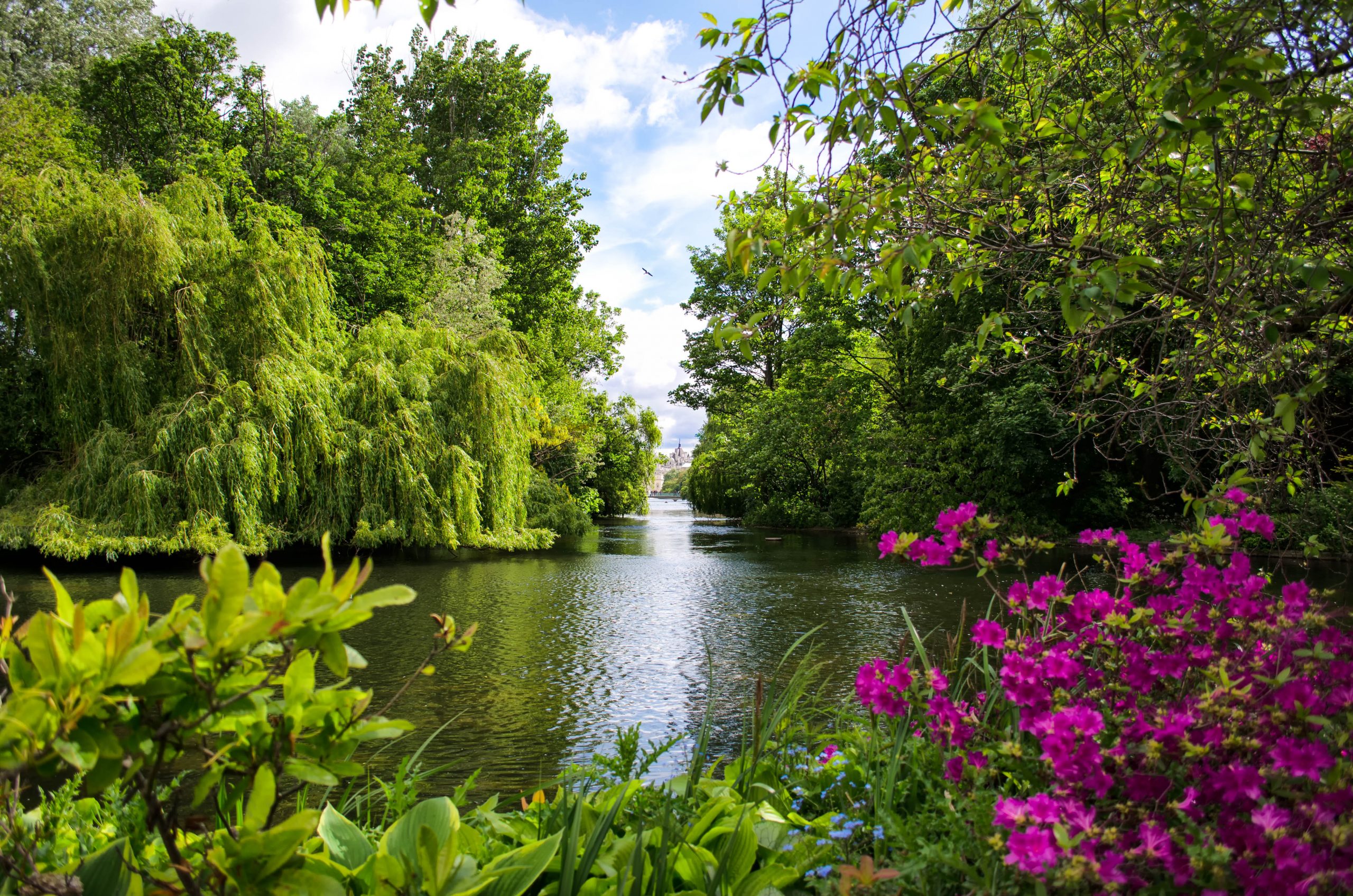
It is echoed in Green Park by The Queen’s Meadow, an enclosed field of wildflowers, the first seeds sown by The Prince of Wales to celebrate the 60th anniversary of The Queen’s Coronation. The adjacency of park and gardens offers sight and sound of green and great-spotted woodpeckers.
The memorial centre of Hyde Park Corner has pink clumps of red-flower wood sorrel (Oxalis bowiei) in spring. Native to South Africa, naturalised in Australia, it complements the Commonwealth commemorations.
Entering Hyde Park, another wildflower corner — distinguished by poppies and cornflowers — precedes the rose garden, designed by Colvin & Moggridge landscape architects in 1994. Over the fence from the rose garden is a small magnolia, the shade of which in May disclosed a hidden array of lilies of the valley.
Not far beyond, by the side of the South Carriage Drive, are two discrete garden memorials. The first is a plaque and framing box hedge in memory of the four soldiers of the Blues and Royals — Lt D. R. A. Daly, SCpl (SQMC) R. J. Bright, LCpl J. V. Young, Trooper S. A. Tipper — and seven horses killed by a terrorist bomb on July 20, 1982. Mini blue irises hazed the surrounding grass in February.
Farther on is The Mountbatten Copse. Its plaque reads: ‘These flowering trees planted November 19 1981 by HRH The Prince of Wales, KG, Commodore Royal Thames Yacht Club commemorate Earl Mountbatten of Burma Commodore 1946 to 1970 Admiral 1970 to 1979.’ The Earl’s London house was nearby at 2, Wilton Crescent.
Rotten Row (from Route du Roi) was the first lit highway in Britain. It still has traditional lamps, as does Constitution Hill — the latter defended by the late Wodehousean wit, master of foxhounds and connoisseur Bobby Corbett.
At Albert Gate, first entrance to Knightsbridge off the Drive, summer brought the twitter of house martins, colonies of which nest under the cornice florettes of the facing embassies of France and Kuwait. The only other London colony I know is on a terraced house near Primrose Hill.
The Albert Gate birds are well served by the secluded water garden issuing from the Serpentine. Its four diminishing waterfalls bring to life the words on the adjacent Holocaust Memorial: ‘For thee I weep. Streams of tears flow from my eyes because of the destruction of my people (Lamentations).’
Single cowslips thereabouts spread into clumps along Rotten Row next to the sports field, once enclosed by the Crystal Palace, the first major prefabricated building containing the world’s first international trade fair, the 1851 Great Exhibition.

Embedded plaques in the bordering walkways provide the facts: length 1,848ft, height 108ft, glazed surface 900,000sq ft, sash bars 205 miles, construction time: nine months, paid by public subscription, attendance six million, cheapest day ticket one shilling (£5 in 2021). The first paid-for public conveniences attracted 827,280 visitors, each spending a penny entrance fee.
The population of England and Wales was 17.9 million; two-thirds attended Sunday church. In the distance, Prince Albert — the project’s leading light — shines in his memorial. We owe this beacon to the minister responsible, the late Nicholas Ridley, who insisted on its gold leaf and not a cost-cutting substitute.
Alister Warman, bird lover, fisherman, first ‘director’ of the Serpentine Gallery and last principal of Byam Shaw School of Art, died of cancer in the inaugural lockdown. A final email asked if the reed warblers had arrived from Africa to nest by the Serpentine Lido. They had.
A policeman was listening to their scratching calls and piping trills and said reed buntings might also be seen. He hoped to spot a sand martin amid the swifts, swallows and house martins over the water. After he left, a spruce cock reed bunting duly obliged.
Since 2010, 380 yards of reedbeds have been planted and an anchored ‘tern raft’ in the Long Water, Kensington Gardens, benefits migrating common and arctic terns through spring and autumn. On the Round Pond in winter, sedate common gulls appeared among the raucous, scavenging black-headeds. With heads yet to turn black for the breeding season, behaviour more than plumage differentiated these elegant, similarly sized species.
If the four-mile ramble’s first stop was the Royal Artisan Bakery, the last stop had to be Jens Cnut Jakobsen’s ‘fairy ring’ round the Bluecoat School building in Buckingham Gate, a 1709 survivor amid the Manhattan-isation of Victoria. The Danish Mr Jakobsen is ‘a 1,000-year-old Viking’.
Amid trees, dangling dry onions and decorative columns of dead leaves, stand woven nests, filled with flowering plants and even a pond, punctuated by slates chalked with thoughtful texts, such as this Zen saying: ‘You should sit in Nature for 20 minutes a day… unless you’re busy, then you should sit for an hour.’
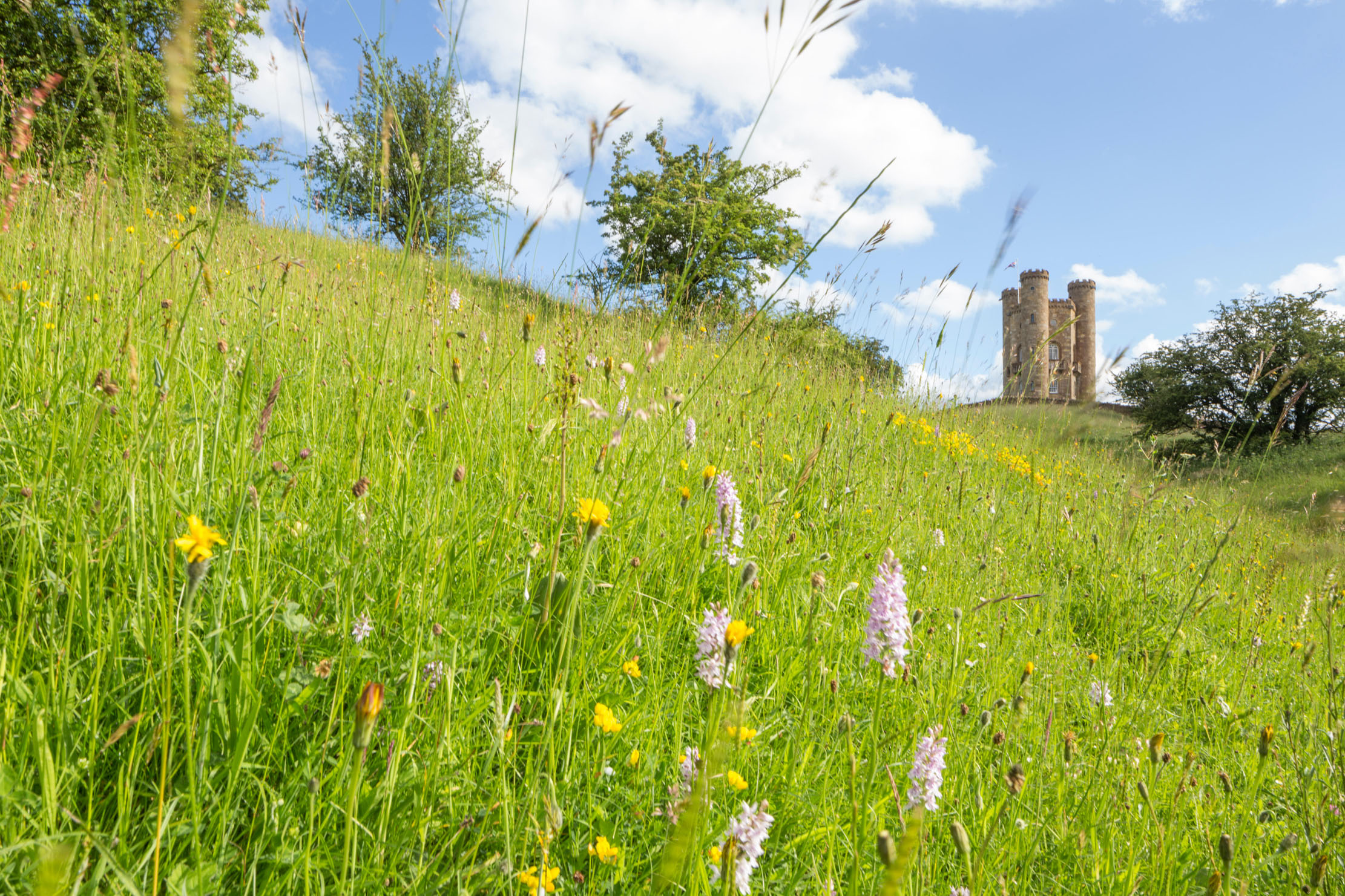
How to thrive in Lockdown 3.0, from enjoying nature and music to the Wonders of the World
If you'd told us 11 months ago where we'd be now, we wouldn't have believed you — but here some tips
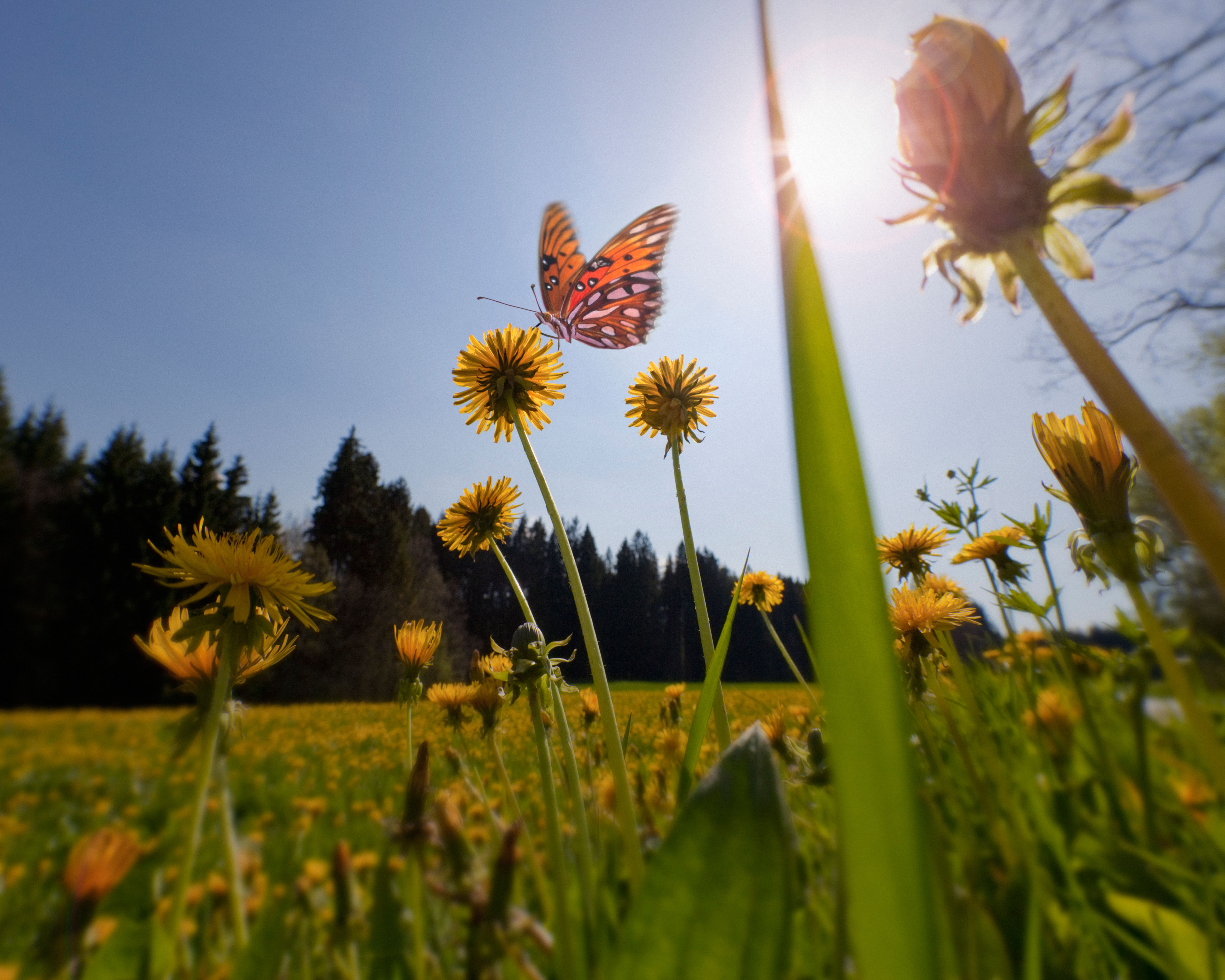
Credit: Alamy Stock Photo
Jason Goodwin: 'This is what it might be like if we weren’t so persistently restless and noisy and greedy and exploitative'
Nature's recovery over the last year, as lockdown changed life as we know it, has been startling. Jason Goodwin wonders
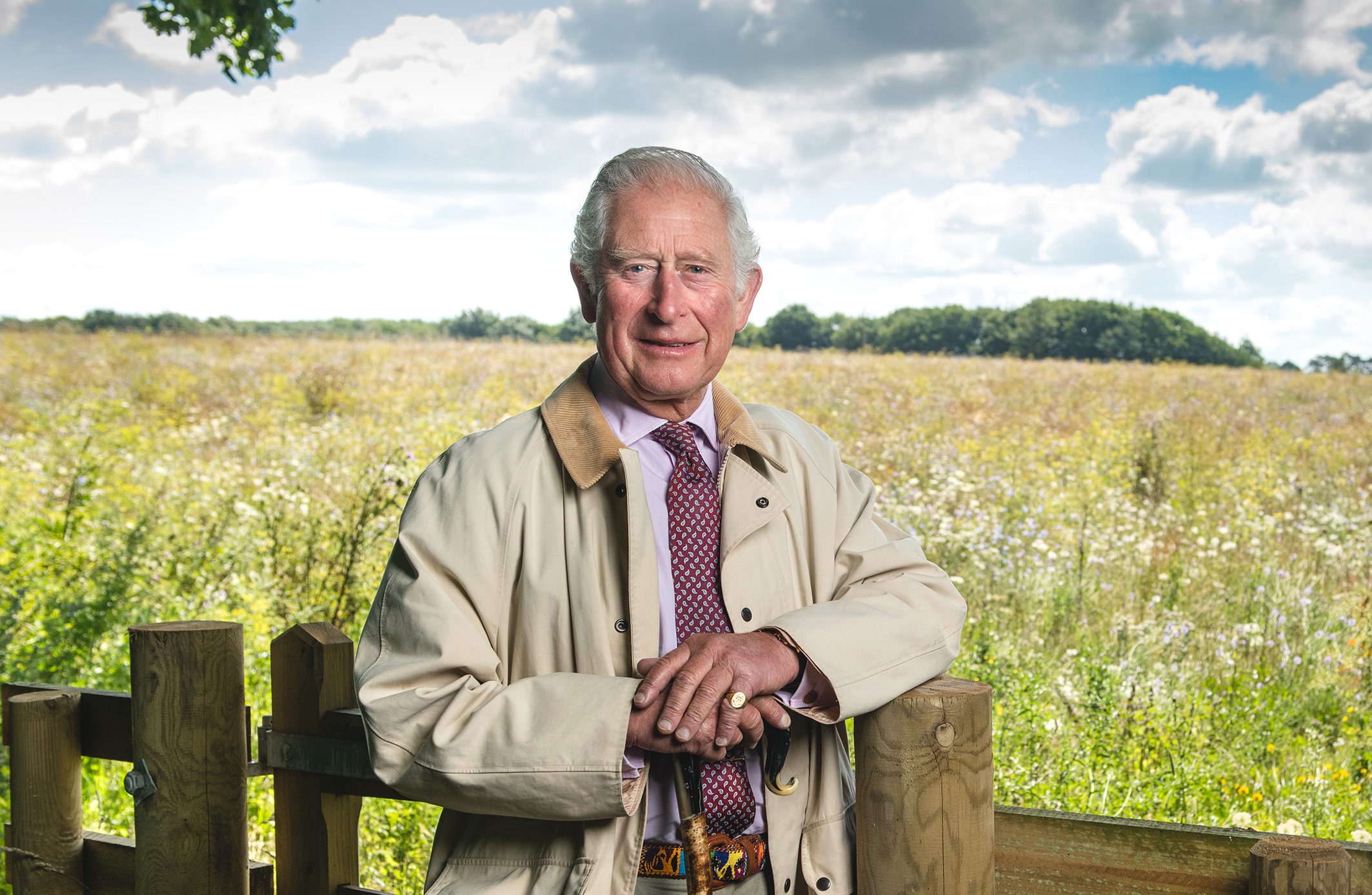
HRH The Prince of Wales: 'We have a very short window of opportunity, which must not be squandered, in which to seize something good from this crisis'
As the country confronts another lockdown, The Prince of Wales applauds the stoicism of rural people and urges us to
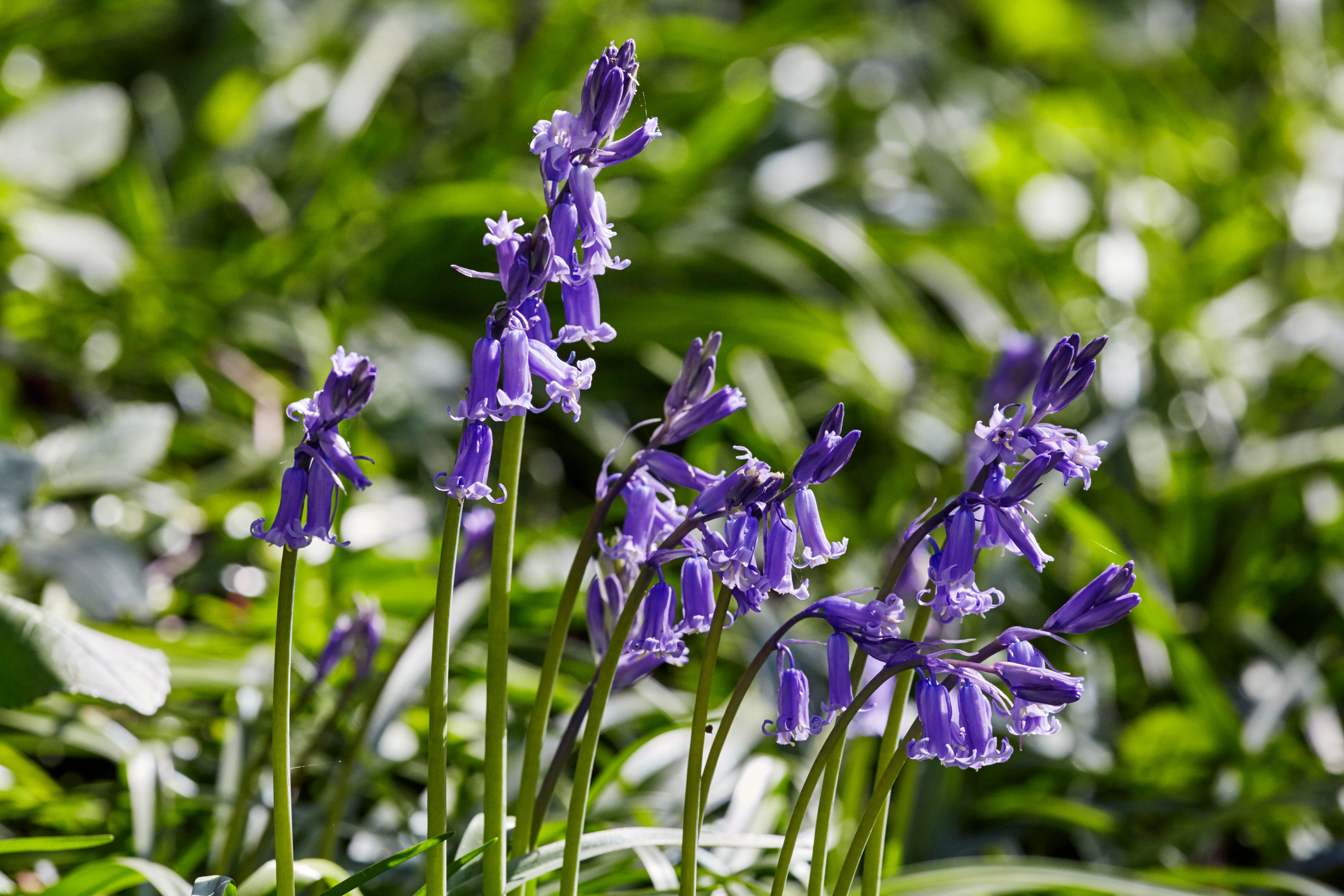
'Throughout history, it’s spring that has given humanity the fortitude to survive'
The beauty of spring in Britain makes the lockdown infinitely more bearable as many make the most of their time
Country Life is unlike any other magazine: the only glossy weekly on the newsstand and the only magazine that has been guest-edited by His Majesty The King not once, but twice. It is a celebration of modern rural life and all its diverse joys and pleasures — that was first published in Queen Victoria's Diamond Jubilee year. Our eclectic mixture of witty and informative content — from the most up-to-date property news and commentary and a coveted glimpse inside some of the UK's best houses and gardens, to gardening, the arts and interior design, written by experts in their field — still cannot be found in print or online, anywhere else.
